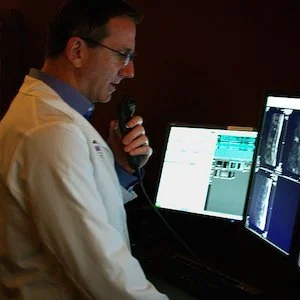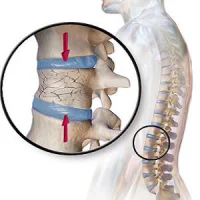Value-based medical care has been the mantra of the U.S. Affordable Care Act. According to a new study, breast imaging radiologists dedicate a significant amount of their time to value-added activities to help improve patients’ experience across the continuity of their care. The findings are reported in the journal Cancer Control.
As the healthcare industry transitions from focusing on volume-based to value-based outcomes, radiology departments and practices are faced with the task of demonstrating the value their staff provides to patients, referring physicians, and healthcare executives.
Breast imaging radiologists, who form part of a multidisciplinary breast care team, perform value-added patient care activities, many of which take place in direct contact with the patient. Value-added services are duties beyond billable activities that improve outcomes, increase patient satisfaction rates, or reduce costs.
The current study sought to quantify the amount of time breast imaging radiologists spend on such activities at an academic comprehensive cancer centre located in Miami, Florida, and accredited by the American College of Radiology as a Breast Imaging Centre of Excellence. This observational study, led by Fernando Collado-Mesa, MD, Department of Radiology, University of Miami Miller School of Medicine, was conducted during a period of 20 consecutive workdays. Three participating breast imaging radiologists maintained a real-time log of each value added activity performed. A generalised linear model was used to perform a one-way analysis of variance.
Researchers found that the average daily time dedicated to these activities was 92.1 minutes. The amount of time significantly differed among breast imaging radiologists and correlated with their assigned daily role, but was independent of their years of experience. The daily role that required the most time was the interpretation of diagnostic imaging studies, which is when most interactions with patients, their relatives, and referring physicians occurred. The specific activity that required the most time was preparing for and participating in tumour boards.
"Although the time invested to perform an activity is but a single factor involved in measuring a physician’s level of productivity in volume-based outcomes (namely in work-relative-value units), if the time dedicated to these value-added activities was instead fully dedicated to activities accruing work-relative-value units, such as interpreting digital screening mammography, then a significant number of work-relative-value units could have been generated," Dr. Collado-Mesa and co-authors write.
In an accompanying editorial, Dr. Lodovico Balducci (Senior Member, Moffitt Cancer Center, Tampa, FL) notes that the implications of Collado-Mesa's study go well beyond the speciality of radiology and involve healthcare professionals across all specialties in the new healthcare environment that is properly “patient centred.”
"Collado-Mesa and co-authors highlight and document an aspect of value-based care that has been largely ignored, i.e., the time invested by physicians in activities pertinent to their practices but unrelated to the direct delivery of care... (The authors) explain that value-based care can only be obtained by accommodating these activities into the busy, daily schedule of the provider. To do so, the perspectives of the clinician, the patient, and the institution should be integrated," according to the editorial.
Source: Cancer Control
Image credit: Wikimedia Commons










